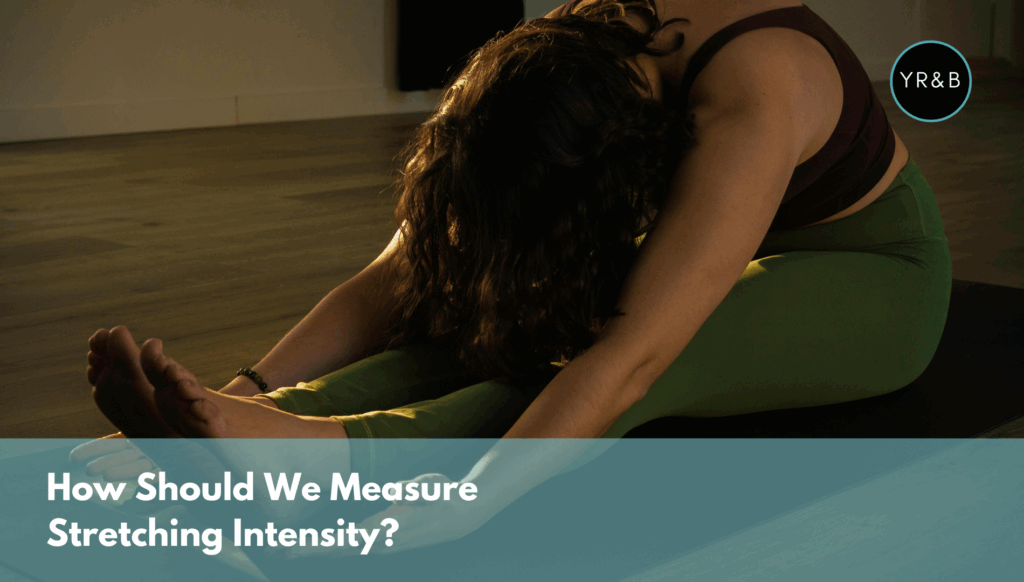What’s This Research About?
The authors’ goal is to clean up the confusion around what we mean by “how intense” a static stretch is. Because studies use different, often subjective definitions (typically “to discomfort” or “to pain”), we get conflicting results about whether more intense stretching improves ROM or tissue structure more than gentler stretching. The paper critiques pain-based definitions and proposes clearer, more objective ways to set and report intensity, so research and real-world practice can line up better.
This expert opinion article summarizes recent evidence, critiques existing approaches, and makes recommendations for how the field should move forward. The authors set out to:
- Clarify what “stretching intensity” is and why it matters for outcomes.
- Explain why pain/discomfort are weak anchors for dose.
- Suggest objective alternatives and reporting standards to improve research and coaching/clinical practice.
Highlights
- No consensus definition of stretching intensity; pain/discomfort scales dominate but are flawed.
- Evidence on whether “higher intensity” yields more ROM or structural change is mixed, partly because intensity is measured inconsistently.
- The authors recommend objective prescriptions (e.g., % of maximal active ROM; % of peak passive torque) and better reporting standards.
- Practical note: in day-to-day settings (e.g., classes, clinics), % of self-max ROM may be the most feasible proxy.

TITLE: Perception-Based Methods and Beyond: A Current Opinion on How to Assess Static Stretching Intensity
PUBLICATION: Sports Medicine
DATE: September 2025
AUTHORS: Konstantin Warneke, Anthony J Blazevich, Daniel Jochum, David G Behm, Ewan Thomas, Masatoshi Nakamura, José Afonso
Current Opinion article: An expert commentary/review type of paper — sitting between a narrative review and a position statement. It’s designed to influence both research methodology and applied practice, rather than test a new hypothesis. It doesn’t present original data like an RCT or lab trial.
Static stretching: Holding a muscle/joint at a fixed length for time (no bouncing).
Intensity (of stretch): How “strong” the stretch is—ideally tied to tissue load, not just how it feels.
Discomfort vs pain: Different sensations; both are subjective and vary widely between people—poor representation for load.
ROM (range of motion): How far a joint can move. Active ROM = how far you can move yourself.
Peak passive torque: The resistance a joint/tissue gives when moved passively; using % of this can standardize intensity.
Muscle stiffness: How much a muscle resists being lengthened; objective measures can reflect load more directly than pain.

